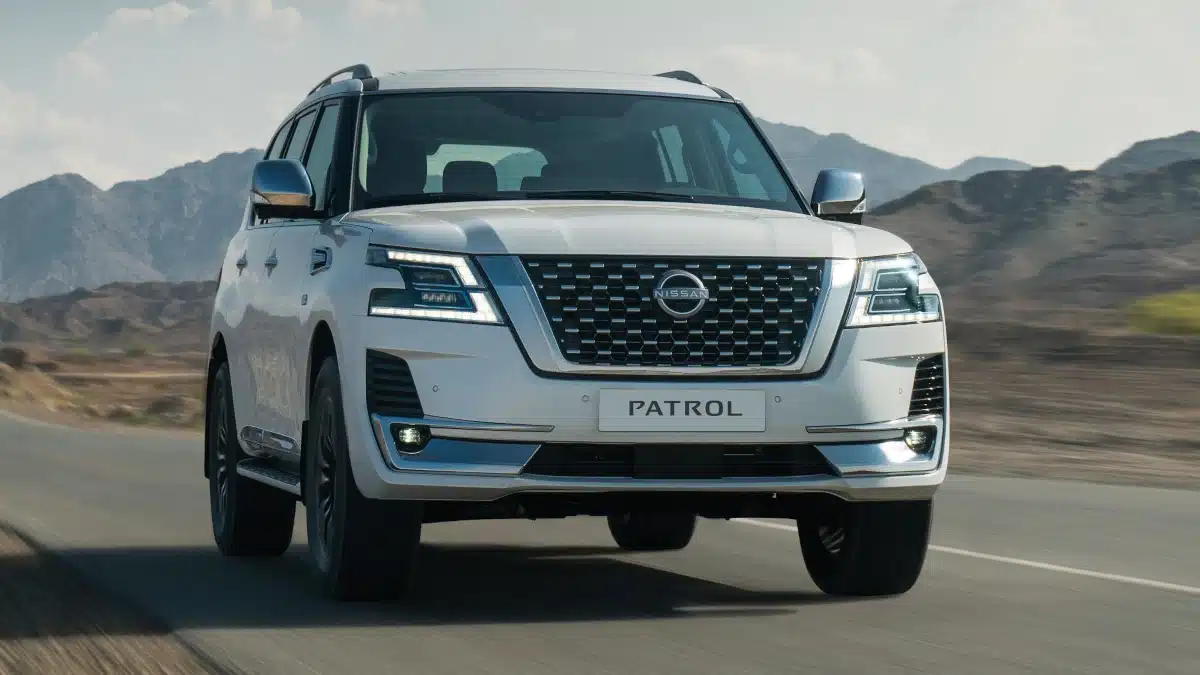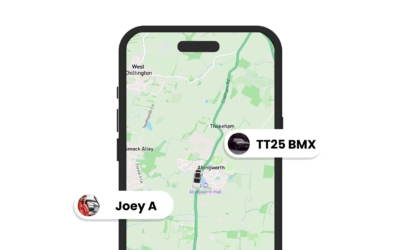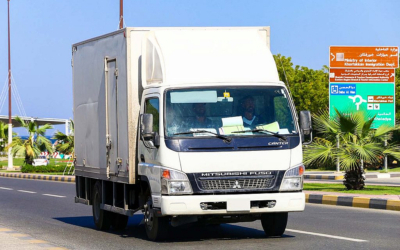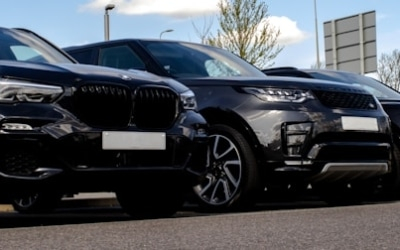If you manage a fleet in the UAE, you already know the landscape is changing fast. From regulatory shifts to new tech and evolving customer expectations, staying on top of trends is no longer optional. This article breaks down the most important drivers shaping modern fleet strategy in the Emirates, with practical takeaways you can use this week.
Market & Regulatory Landscape
The UAE’s regulatory and infrastructure environment is a major reason fleet strategies here look different to other markets. Government initiatives aimed at reducing emissions, improving road safety and modernising transport mean fleet managers must be proactive about compliance and route planning. Add rapid urban development and new logistics hubs and you have a dynamic environment that rewards agility.
Local regulations & compliance
Stay ahead of licensing, inspection regimes and emissions controls. Authorities increasingly expect robust documentation and digital records, so paper-first processes are becoming a liability. Investing in systems that automate compliance reduces administrative burden and reduces the risk of fines or vehicle downtime. For practical maintenance routines, see our guide on Preventive Maintenance for Taxi Fleets.
Infrastructure & urban development
New roads, dedicated logistics zones and smart-city projects change how you design routes and where to site depots. With traffic patterns shifting around major developments, using real-time data for depot allocation and dynamic routing helps keep delivery times consistent and reduces unnecessary mileage. Cross-emirate operations need particular attention; check our Cross-Emirate Fleet Operations tips to manage multi-emirate compliance and service levels.
Technology Adoption & Connectivity
Tech is the engine of modern fleet performance. If your fleet is still reactive, you’re leaving profit and uptime on the table. Adopting telematics, connected sensors and analytics gives you visibility across vehicles, drivers and trips. The good news is most technologies integrate with legacy systems, so you can phase in capabilities and measure ROI at every step.
Telematics, GPS & fleet management platforms
Real-time Tracking, geofencing and centralised dashboards let you reduce idle time, respond faster to incidents and improve customer ETAs. A modern fleet platform becomes the single source of truth for operations, compliance and driver performance. If you want to see how these tools work in practice, our Vehicle Tracking solutions provide clear, actionable data for day-to-day decisions.
IoT, sensors & vehicle connectivity
Sensors for tyre pressure, fuel consumption and engine diagnostics turn vehicles into data sources. This is crucial in the UAE where extreme temperatures and long distances can accelerate wear. Integrating sensor data into your maintenance workflow shifts you from reactive fixes to planned interventions, boosting uptime and lowering repair costs.
AI, analytics & predictive tools
Analytics and machine learning help you predict failures, forecast demand and optimise routing based on historic patterns. These tools are not just for large fleets; cloud-based solutions scale affordably. When analytics flag a likely breakdown or inefficient route, you can act before it impacts customers or the bottom line.
Electrification & Alternative Powertrains
Electrification is becoming mainstream in the UAE, but it’s a strategic choice rather than a simple swap. Charging infrastructure, vehicle range and total cost of ownership must all be considered. For many fleets the optimum approach is a phased transition that mixes EVs for short urban routes with conventional or hybrid vehicles where range and uptime are critical.
Electric vehicle adoption & charging infrastructure
Charging availability is improving across the Emirates, but depot-level charging planning is still essential. Decide whether to rely on public chargers or install depot chargers and ensure you have charging management in place to avoid peak electricity charges. Route selection and duty-cycle analysis will tell you which vehicles are good EV candidates.
TCO, incentives & procurement strategies
Evaluate total cost of ownership over realistic lifecycles. Government incentives and lower running costs can offset higher capital expenditure. Consider residual values, finance options and how maintenance operations will change. For procurement decisions, leverage fleet data to identify the right mix of powertrains for each route type.
Ready to see how Traknova can modernise your fleet operations? Book a demo to explore live dashboards, predictive analytics and EV-friendly features tailored for UAE fleets.
Safety, Security & Driver Management
Safety and security remain top priorities. In a market with high vehicle utilisation and busy road networks, investing in driver monitoring and robust security systems protects people, assets and your brand. Technology helps enforce policies, identify risky behaviour and reduce theft risk through both hardware and process improvements.
Driver monitoring & training programs
Telematics-based coaching, in-cab alerts and regular training sessions encourage safer driving habits. Use data to identify repeat behaviours like harsh braking or speeding and address these through targeted coaching rather than punitive measures. Continuous, data-led training reduces accidents and insurance costs over time.
Vehicle security & anti-theft measures
Combine physical measures with digital deterrents to reduce theft and unauthorised use. GPS Tracking and immobilisation can dramatically improve recovery rates. For more on theft prevention, see our guide on GPS Tracking to Prevent Vehicle Theft. If you use cameras, our resources on Dash Cameras and mounting best practice help ensure footage is reliable and admissible.
Operational Efficiency & Cost Control
Cost control is the day-to-day battlefield for fleet managers. Small efficiency gains compound across hundreds of vehicles. The combination of smart routing, fuel monitoring and predictive maintenance can deliver immediate savings and stabilise operating budgets.
Smart routing & fuel management
Dynamic routing reduces mileage and improves on-time performance. Combine route optimisation with driver coaching for eco-driving and you’ll cut fuel spend and emissions. Fuel cards, telematics fuel monitoring and theft detection tools provide visibility and control over one of your largest variable costs.
Maintenance strategies & lifecycle management
Move from reactive repairs to preventive and predictive maintenance. Use telematics to flag issues early and schedule repairs at times that minimise disruption. For fleets operating taxis or loaner vehicles, digital logbooks and preventive maintenance guidance are invaluable; see our piece on Preventive Maintenance for Taxi Fleets and Digital Logbooks for Loaner Vehicles for practical steps.
Customer Expectations & Sustainability
Customers expect transparency and speed. That’s true whether you run courier services, taxi fleets or car rental operations. Sustainability is no longer optional either; customers and partners increasingly favour fleets that report emissions and operate responsibly. Meeting both customer service and sustainability goals gives you a competitive edge.
Last-mile innovation & customer experience
Real-time ETAs, proof of delivery and seamless communication are standard expectations. Use real-time delivery updates and automated notifications to reduce inbound customer queries and improve perceived reliability. Small improvements in the last mile can meaningfully lift NPS scores.
Sustainability targets & reporting
Set measurable emissions targets and track progress with telematics. Reporting helps with regulatory requirements and is useful in RFPs and partner assessments. Green fleet policies also support brand positioning and can unlock incentives from local authorities.
Conclusion
The UAE fleet environment rewards managers who combine regulatory awareness, smart tech adoption and disciplined operations. Focus on data-driven decisions, targeted electrification and strong safety and security practices to reduce risk and cut costs. Prioritise initiatives that deliver measurable ROI in the short term while building capability for future demands.
Want to see how these ideas translate into action? Book a demo with Traknova to watch real-time dashboards, explore driver coaching workflows and understand the TCO impact of EVs on your fleet. Book demo
Frequently Asked Questions
How quickly can I get visibility into my fleet after implementation?
Most telematics deployments deliver basic visibility within days. Full integration with back-office systems and tailored reporting may take a few weeks. Start with core KPIs and expand dashboards as you validate data.
Are electric vehicles suitable for all UAE fleet use cases?
Not always. EVs excel on predictable, short urban routes and for return-to-base duty cycles. For long-range or high-utilisation duties you should examine duty cycles, charging options and TCO before committing. A mixed fleet often delivers the best balance.
What are the fastest wins for cutting operating costs?
Route optimisation, tighter fuel control and preventive maintenance are typically fastest to deliver savings. Combine these with driver coaching and you can achieve measurable reductions in fuel and repair costs within months.
How do I protect my fleet against theft and unauthorised use?
Use a layered approach: secure parking, vehicle immobilisation, GPS Tracking and routine audits. Dash cams and alarms add deterrence and evidence in recovery cases. For more, read GPS Tracking to Prevent Vehicle Theft.
Get in touch & join the conversation
If you found this useful, please Book demo or request a consultation so we can walk through your specific challenges. Prefer to ask a quick question first? Contact us and our team will respond promptly.
We’d love your feedback. What trend is impacting your fleet most right now? Share this article on LinkedIn or Twitter if it helped, and drop a comment below so other fleet managers can learn from your experience. Your insight helps everyone operate smarter.









